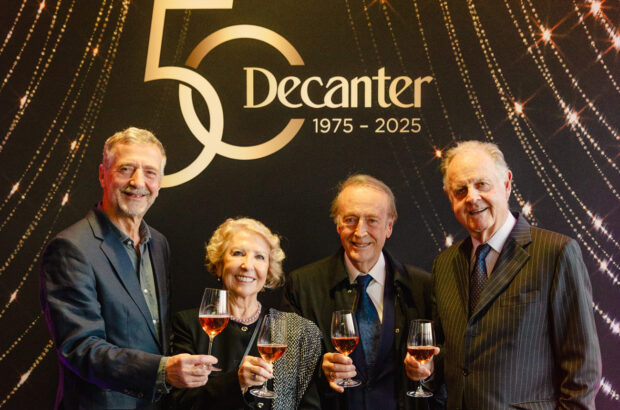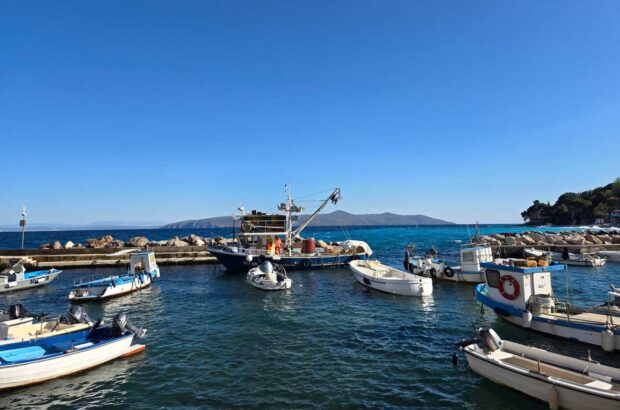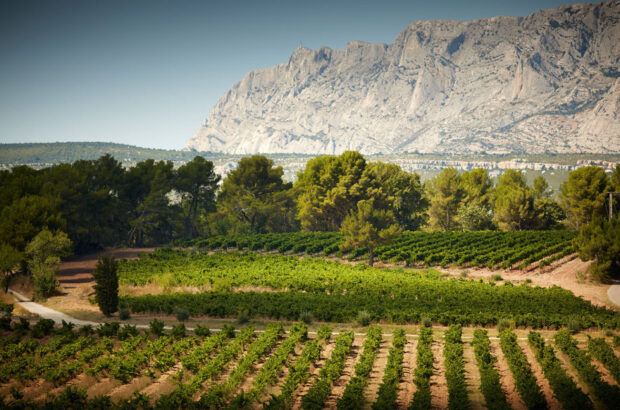The Beaujolais revival continues apace, and leading the charge are the 10 Beaujolais cru appellations. Find out what our judges thought of this strongly anticipated vintage...
Decanter’s experts tasted and discussed cru Beaujolais 2015 for the September 2017 issue of Decanter magazine.
While there were no outright stars, these wines still impressed for their character, structure and ageability – not to mention food friendliness and value. With an average price of between £10 and £18, there is still plenty here to praise.
The scores:
121 wines tasted
Exceptional – 0
Outstanding – 0
Highly Recommended – 32
Recommended – 65
Commended – 19
Fair – 5
Poor – 0
Faulty – 0
The judges:
Andy Howard MW; James Lawther MW; Matt Wilkin MS
Click here to view the full results of the cru Beaujolais 2015 panel tasting
At a similar panel tasting of cru Beaujolais in the August 2015 issue, both Andy Howard MW and James Lawther MW came away enthralled by the 2013 vintage. ‘And because 2015 is so highly regarded, I expected to see things moving to an even higher level,’ said Howard.
‘Unfortunately, while there were a lot of good wines, nothing really elevated itself to the top tier across the different crus.’
In terms of flavour spectrum, these 2015 vintage wines showcased Gamay’s classic red cherry profile, with the more structured versions displaying notes of black and sour cherry.
‘There was plenty of character and density,’ thought Matt Wilkin MS, while Howard also picked out a ‘granitic-graphite’ element in quite a few examples, noting: ‘That’s an additional string to the bow that you don’t get in the non-cru wines.’
Overall, the biggest let-down was the lack of high-scoring wines. ‘I was surprised Côte du Py didn’t feature more strongly – that was a disappointment,’ said Howard. ‘Of course, some wines may be in lock-down at this point, and need time to express themselves.’
Continue reading below
Cru Beaujolais 2015 panel tasting top scorers:
To read Decanter’s full panel tasting reports, subscribe to Decanter magazine – available in print and digital.
The vintage
Once in a lifetime vintage for many producers, but less classic in style. Dark, rich and powerful. Structured for ageing.
Winemaking
By and large the majority of growers practise a form of semi-carbonic maceration coupled with pumping over, pigeage or rack and return to gain more substance and structure. The wines are then aged in neutral tank or old casks for roughly a year. The fruit expression should be apparent, but the extent of extraction and length of cuvaison (up to 15 days) will also have a say in the style of the wine, as will the quality of the press wine. Growers are also being encouraged to highlight the character of site-specific wines by marking the name of the lieu-dit on the label, adding another tweak to the nuance of the wine.
The crus
Granite predominates in Chiroubles, Fleurie, Moulin-à-Vent and Régnié, but whereas Chiroubles with its steep slopes and higher altitude produces lively, floral scented wines, Fleurie, with its dramatic inclines lower down, is elegant, perfumed and finely textured. Moulin-à-Vent has gentler contours and is complex and longer ageing, while Régnié errs on the side of suppleness and fruit.
Juliénas has the lowest granite content but plenty of ‘blue stone’ sedimentary rock, as does the Côte de Brouilly; the former exudes minerality, the latter generosity and elegance. Blue stone appears again with granite and alluvial deposits in Morgon, where the finely structured wines have the ability to age. Chénas can also be structured whereas St-Amour, with its more diverse soils, is light and appetising. The most southerly cru, Brouilly, is also the largest and produces solid, fruit-driven wines to be appreciated young.
All three agreed that Morgon and Moulin-à-Vent stood out for their structure and ageing potential. The best of Chiroubles also displayed the cru’s lighter, floral hallmark style, but Howard felt that Fleurie showed less consistency. Chénas and Côte de Brouilly had a low turnout, so it was difficult to form an overall conclusion.
Alcohol
There was a slight criticism over alcohol levels. ‘At the leafier, leaner side of cru Beaujolais, some wines are around 12.5%, moving up to 13% and 13.5%. But 14.5% is not what I want or look for,’ said Lawther. But, he added, ‘they were the exceptions rather than the rule’.
Ageability
With the exception of the top Moulin-à-Vent and Morgon wines, most are drinkable now. Equally, the best also have the capacity keep for another seven to 10 years thanks to their acidity and structure, as Lawther pointed out. The panel also agreed that people should keep their cru Beaujolais longer than they tend to.
Food pairing
From his sommelier perspective, Wilkin advised: ‘For the prettier, lighter-styled, bright wines you can go for classic duck egg with lardons. But some of the other wines are quite weighty and concentrated, and demand grilled meats or even fatty beef cuts like bavet or onglet. Cru Beaujolais goes beyond the charcuterie board!’
Related content:

Best summer red wines to drink chilled
What styles to go for, plus our recommendations...

More than Nouveau : Top cru Beaujolais names to know
Change in Beaujolais is causing the quality to improve dramatically. Decanter's Tasting team recommend wines from some of the region's

Lambrusco: The revival
Don't write off Lambrusco just yet...

Jefford on Monday: Beaujolais pride
The 2015 vintage has turned things around...







